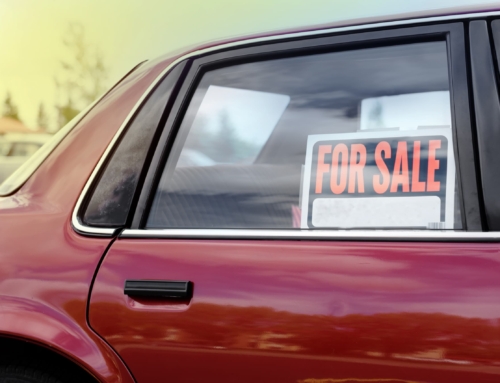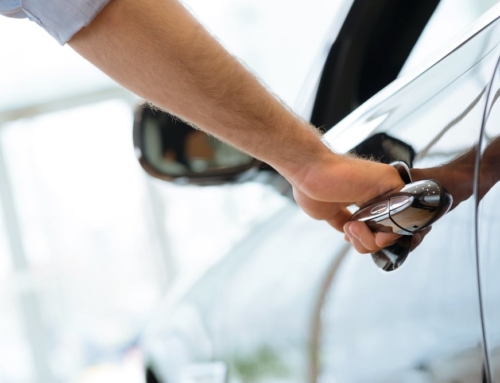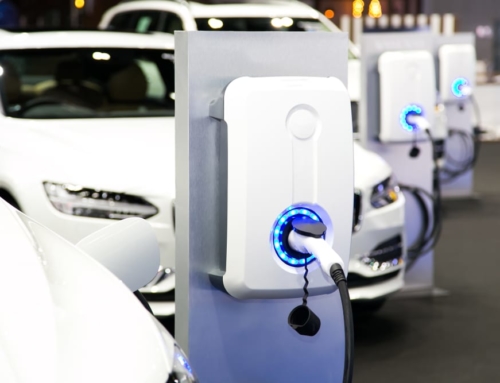When I was a kid, I watched “The Jetsons” and dreamed of the day that flying cars would be a reality. Fast forward to today, and while the technology to give us affordable, easy-to-maneuver flying cars is still far off in the future, self-driving cars may be available much sooner. They could change the way we drive forever, and have far-reaching effects in the auto insurance industry.
An automotive study by IHS, a global information company, forecasts that self-driving cars that also allow for driver control will be on highways worldwide before 2025, and self-driving “only” cars (without driver controls) will be available by 2030. In fact, four UK driverless car trials are currently in progress. Nearly all of the vehicles in use after 2050 are likely to be self-driving cars or self-driving commercial vehicles, IHS says.
It is not clear exactly how car insurance will change in the future to reflect the new technologies related to self-driving cars, but the following predictions can be made:
Liability. Crash avoidance technology is gradually becoming standard equipment, allowing insurers to better determine the extent to which this technology can reduce the frequency and cost of car accidents. However, cars are also becoming increasingly automated, leading to the concern about who will be to blame if there is an accident. The onus might be on the manufacturer to prove it was not responsible for what happened in the event of a crash.
According to John Villasenor, a senior fellow at the Brookings Institution, the legal system should be able to handle these issues without slowing the development of driverless technologies. California is leading the way with a law it passed in 2012, which allows trials of autonomous vehicles on the state’s roadways as long as there is a human in the driver’s seat to take over.
When self-driving cars reach the mainstream, there will still be a need for liability coverage. However, over time, the coverage could change as manufacturers and suppliers, and possibly even municipalities, are called upon to assume responsibility for incidents. A 2014 RAND study on autonomous vehicles suggests that manufacturer liability is likely to increase while personal liability could decrease.
As these cars become more popular, insurers will be able to assess whether accidents that occur lead to a rise in product liability claims resulting from claimants who blame the manufacturer or suppliers, rather than their own behavior, for what went wrong.
Regulation. Auto insurance is state regulated, so each jurisdiction sets its own guidelines and rules for auto insurance (and, so far, for self-driving cars as well). There are two basic kinds of liability systems: the no-fault concept, where insurers pay the injured party regardless of fault, and the tort system, which adjudicates settlements in court. Among states, however, there are many important regulatory differences within each category. What remains to be determined is whether state auto insurance systems will adapt and become uniform with the arrival of self-driving vehicles and whether the federal government will play a larger role in this process.
Price of insurance coverage. When driverless cars hit the market, initially many of the traditional underwriting (pricing) criteria will still apply, such as the number and type of accidents an applicant has had, the miles he or she expects to drive, and where the car is garaged. However, the make, model, and style of a vehicle may begin to assume greater importance as well.
Each new generation of cars is being equipped with more automated features and crash avoidance technology than those that came before. In fact, many of today’s high-end cars (and some that are mid-priced) already have many of these new safety options, such as blind-spot monitoring and forward-collision and lane-departure warnings, installed. These will likely be components of tomorrow’s fully automated vehicles as well.
Loretta Worters is vice president with the Insurance Information Institute, a non-profit organization whose mission is to improve public understanding of insurance—what it is and how it works. Follow her on Twitter: @LWorters.






